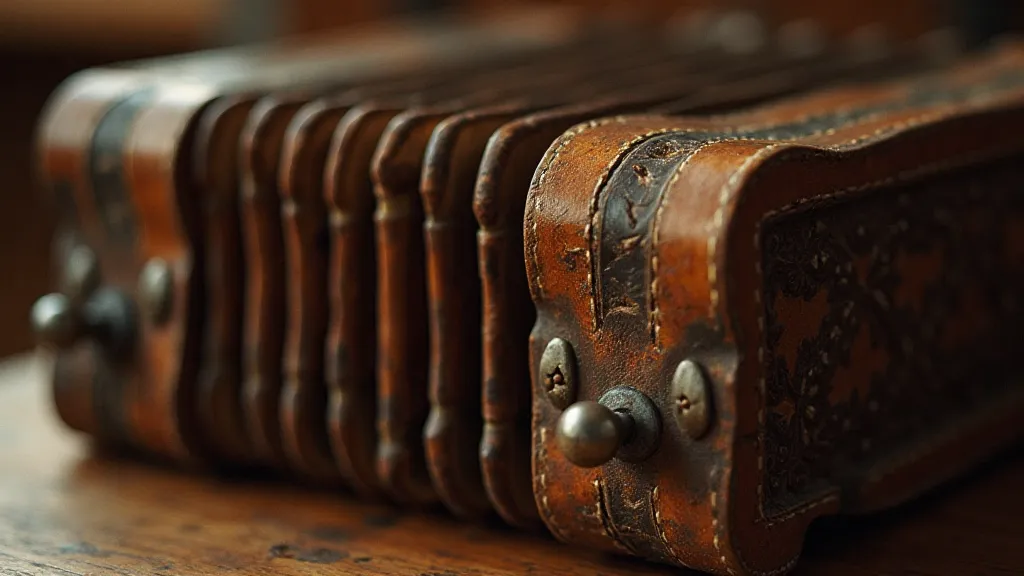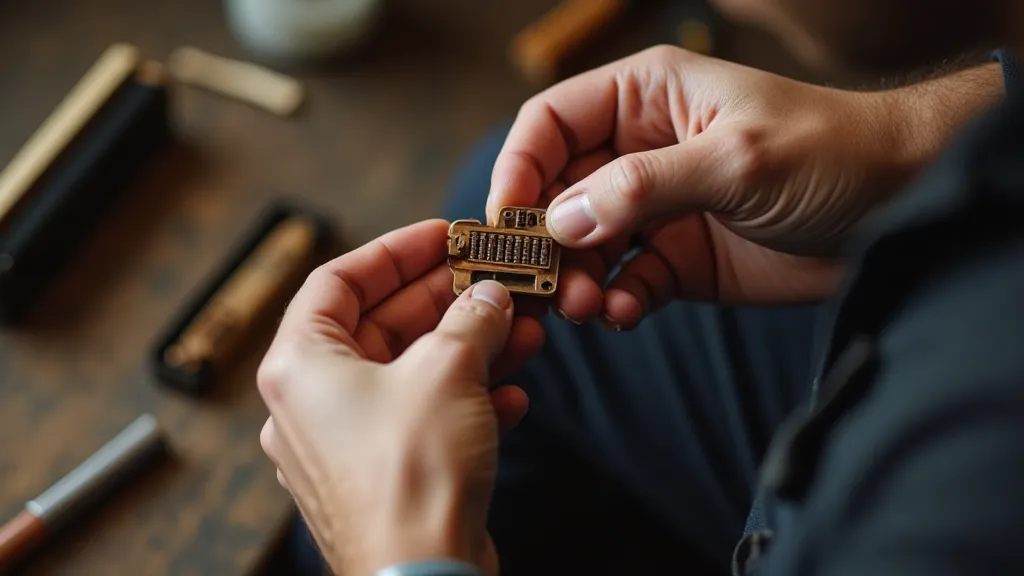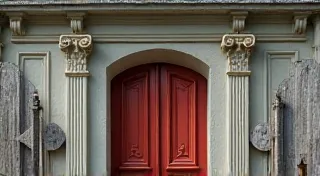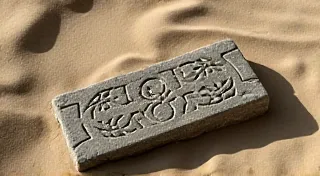The Voice of the Wood: Understanding the Acoustic Properties of Traditional Instrument Materials
There’s a resonance, a depth, a certain soul that emanates from a well-loved, traditional folk instrument. It’s more than just the skill of the musician; it’s inextricably linked to the materials themselves – the carefully chosen woods, the meticulously crafted reeds, the leather stretched taut, the metal meticulously shaped. This article explores how those materials, and their inherent acoustic properties, contribute to the unique voice of instruments found within various folk music traditions. We'll delve into why a spruce top on a guitar resonates differently than a mahogany one, and how the type of wood used in an accordion's construction impacts its timbre. It’s a journey into the science of sound, intertwined with the history and artistry of human creation.

The Wood's Whisper: Resonance and Timber
Wood is, unsurprisingly, a cornerstone of countless traditional instruments. But not all wood is created equal. Its acoustic properties are dictated by its density, stiffness, and internal structure – characteristics determined by species, growth patterns, and even the climate in which it grew. Spruce, for instance, is a favorite for guitar and violin tops. It’s relatively light, yet incredibly stiff, allowing it to vibrate freely and amplify the string’s energy efficiently. Cedar, another common choice, offers a warmer, mellower tone due to its slightly lower density.
Mahogany, rosewood, and maple are frequently used for the bodies and backs of instruments. Mahogany contributes a rich, warm tone, often favored in classical guitars. Rosewood, denser than mahogany, provides a greater projection and sustain. Maple, known for its clarity and brightness, is often employed in mandolins and violins where a focused, articulate sound is desired. The selection of wood isn’t always a straightforward matter of tonal preference; historical trade routes and colonial influence have also shaped instrument making practices across the globe. You might find yourself fascinated by the details of how these forces impacted instrument distribution – a topic explored more extensively in Echoes of Empire: The Lingering Influence of Colonial Trade on Musical Instrument Distribution. Understanding these differences isn’t just technical jargon; it's about appreciating the deliberate choices made by instrument makers, shaping the very essence of the instrument’s voice. Think of it like a painter selecting colors – each wood offers a distinct tonal palette.
Beyond Wood: Reeds, Leather, and Metal
While wood dominates many acoustic instruments, other materials play vital roles. Reeds, typically made from cane, are crucial for instruments like accordions, harmonicas, and bagpipes. The thickness and cut of the reed directly influence its pitch and timbre. A thicker reed produces a lower pitch and a more robust sound, while a thinner reed creates a higher, more delicate tone. The meticulous shaping of a reed is an art in itself, requiring a skilled craftsman's keen ear and steady hand.
Leather, too, is frequently employed, most notably in accordion bellows and drumheads. The quality of the leather directly impacts the instrument’s responsiveness and airtightness. Poorly tanned leather can leak air, reducing the instrument’s volume and muddying its tone. The stretching and shaping of the leather is an exercise in patience and precision. The tension of the leather influences the instrument’s overall feel and sonic properties.
Finally, metal contributes to the tone of instruments like brass band instruments, dulcimers, and accordions (in the form of keys, buttons, and internal components). The density and composition of the metal influence its resonance and sustain. The way metal is shaped and treated—polished, hammered, or even etched—can subtly alter its acoustic behavior.
A Personal Resonance: The Antique Accordion
I remember the first time I encountered a truly exceptional antique accordion. It wasn’t in a museum or a high-end shop; it was in the dusty corner of a small-town antique store. The owner, a wizened old man with eyes that held a thousand stories, told me it had been played in a traveling circus a century earlier. The wood was darkened with age, the bellows were patched in several places, and the keys were worn smooth from countless hands. But when I pressed a key, the sound that emerged was breathtaking. It wasn’s just the notes, it was the feeling—the history, the weariness, the joy that seemed to be embedded in the instrument itself. It was a powerful reminder that instruments are more than just objects; they are vessels of memory and emotion.

The Intertwined History of Sound and Migration
The journey of these instruments often mirrors the movement of people themselves. Consider the accordion, a beloved instrument in countless cultures, from polka bands in the American Midwest to traditional folk ensembles in Eastern Europe. Its diffusion across continents speaks to patterns of migration and cultural exchange, each region imprinting its own unique sonic character on the instrument. The story isn’t always simple; trade routes shifted, political boundaries altered, and the very act of carrying an instrument became a conduit for cultural transmission. The fascinating interplay between these factors—how musical instruments traverse borders and evolve through diaspora—is explored in greater detail in The Tonal Geography of the Diaspora: Instruments Traversing Borders. It's a compelling narrative of how music and instruments are shaped by the broader currents of human history.
Restoration and Appreciation: Listening with New Ears
Understanding the acoustic properties of traditional instrument materials has profound implications for both restoration and collecting. When restoring an instrument, simply replacing components with modern equivalents can compromise its unique voice. A skilled restorer strives to use materials that are as close as possible to the original, preserving the instrument’s inherent character. Sometimes, this means sourcing rare or aged wood, or painstakingly recreating lost techniques. The craft of creating an instrument, and the care taken in its preservation, are both testaments to the deep respect for tradition and the intangible qualities of sound.
For collectors, appreciating the subtle nuances of different materials can greatly enhance the enjoyment of an instrument. Knowing that a particular guitar’s warm tone is due to the cedar top, or that an accordion’s responsiveness is a result of the quality of the leather bellows, allows for a deeper connection with the instrument and its maker’s artistry. It’s about listening with new ears, attuned to the subtle whispers of the wood and the echoes of the past. Furthermore, recognizing the human element—the skill, the patience, and the artistry that goes into creating these instruments—adds another layer of appreciation. It’s not just about the materials; it’s about the breath of the maker, a concept examined further in The Breath of the Maker: Examining the Role of Craftsmanship in Instrument Authenticity.
Mapping Musical Evolution
The way musical traditions evolve and adapt is inextricably linked to the instruments used to create them. The landscape itself—mountains, valleys, rivers—has often shaped the sounds and styles of music. Different regions have developed unique instrumental techniques and tunings, resulting in a rich tapestry of musical expression. Imagine a mandolin player in the Appalachian Mountains, developing a distinctive style of playing over generations, influenced by the surrounding terrain and the local musical heritage. This complex interplay of geography and music is further explored through the fascinating field of “cartography of sound,” which attempts to map melodic evolution across varied landscapes.
The Enduring Voice
The sound of a traditional folk instrument is a complex interplay of materials, craftsmanship, and history. From the resonant spruce top of a guitar to the meticulously shaped reeds of an accordion, each component contributes to the instrument’s unique voice. By understanding the acoustic properties of these materials, we can not only appreciate the artistry of the instrument maker but also gain a deeper understanding of the rich cultural heritage embodied in these timeless creations. The enduring voice of these instruments isn't just about the notes they play, it’s about the stories they tell.






